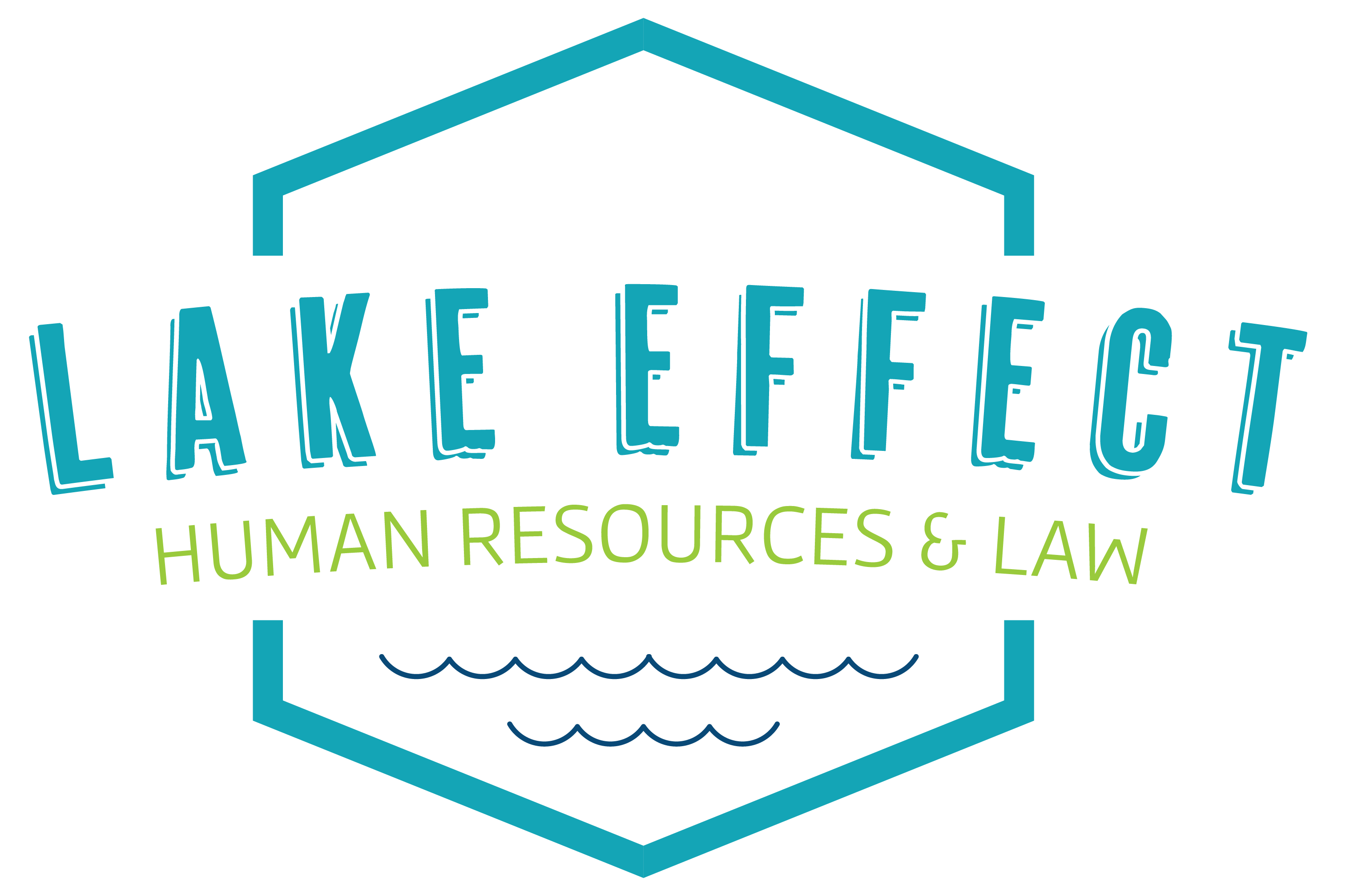On Saturday, March 28, 2020, the Department of Labor released additional guidance on the Families First Coronavirus Response Act (FFCRA), related specifically to the Emergency Paid Sick Leave Act (EPSLA) and Emergency Family and Medical Leave Expansion Act (EFMLEA). This is a very detailed, 28-page document, and we encourage employers to examine it carefully for information directly relevant to their respective organizations. Below, and in this downloadable pdf, we summarized key provisions offering new guidance:
- Covered Employers: In determining if an employer meets the fewer than 500-employee threshold, employers must count full-time and part-time employees within the US, including any state, the District of Columbia, and any territory or possession of the U.S. as of start date of the employee’s leave. Also included are employees on leave and temporary employees. (See Q2)
- Covered employees: All U.S. employees (see above) are eligible, including full-time (40+ hours per week), part-time employees, and “joint employees” working on your site temporarily and/or through a temp agency. For EmploFFCyee Paid Sick Leave (EPSL), all such employees are covered, regardless of tenure. For Expanded Family Medical Leave (EFML), employees must have been employed for 30 calendar days as of the requested start date of leave in order to be eligible. (See Q38)
- Hours to be paid: To determine the number of hours an employee is to be paid for EPSL and EMFLEA, employers should base the determination on the number of hours the employee is normally scheduled to work per week. For employees with variable hours, the number of hours will be determined by taking all hours worked over the past 6 months and dividing by the number of workdays. Overtime hours should also be included in the normal hours calculation. . However, no employee is eligible for more than 80 hours of EPSL. (See Q5, Q6, Q9, and Q28)
- Rate of pay: To determine the rate of pay at which employees are paid for EPSL or EFML, the employer must calculate the average of the employee’s “regular rate of pay” over a period of up to 6 months prior to the date on which the employee takes EPSL or EMFL. (See Q7 and Q8; See also DOL Fact Sheet – Regular Rate of Pay)
- Records to retain for tax credit: Employers must consult the IRS for applicable forms, instructions, and information on the procedures that must be followed to claim a tax credit for paid sick and family leaves taken by their employees. As of the release of this summary, such information is not available on the IRS website. (See Q15; See Q16 for documentation employees must provide to employers.)
- Defines “unable to work or telework” under FFCRA: Employees who are able to work or telework, whether from a worksite or from their homes, are not eligible for EPSL or EFML. If an employee and employer agree that the employee can work or telework outside of their normal work hours, then the employee is able to work and is not eligible for paid leave. The guidance specifies that if an employee is able to telework while caring for their child, then EPSL and EFML is not available. (See Q18-19)
- Intermittent PSL and EFML during work and telework: Under certain circumstances, employees may take intermittent EPSL and EFML with the employer’s permission. Employers and employees are encouraged to collaborate on this issue and be flexible. (See Q20-21)
• Employer actions prior to April 1, 2020: If, prior to April 1, 2020, an employer sends employees home and stops paying them because it has no work for them, those employees are not eligible for EPSL or EFML. (See Q23) - Closures, terminations, and lay-offs after April 1, 2020: If an employer closes its business, terminates or lays-off an employee after 4/1/20, the employee’s eligibility for EPSL and EFML ends immediately with the loss of employment, even if the employee is currently on EPSL and EFML. While on EFML, employees are not protected from lay-offs or terminations carried out for legitimate business reasons if the employees would have been affected by such action if they were not on leave. (See Q24 – 27, and Q43)
- Reduction in hours and EPSL and EFML: If an employer reduces work hours because it does not have work, employees may not use EPSL and EFML to make up the differential between the reduced schedule and their former schedule. However, if a COVID-19 qualifying reason prevents an employee from working their full schedule, the employee is eligible for PSL and/or EFML, and the amount of leave permitted will be based upon their normal work schedule. (See Q28)
- Interaction with employer’s other paid leaves: If an employee is eligible for EPL or EFML, as well as additional paid leave under an employer’s existing policies, the employer may permit an employee to use the employer’s existing paid leaves to supplement or adjust the paid leaves available under the FFCRA up to their normal earnings. Employers cannot require employees to use their existing paid leave time to supplement their pay when taking EPSL or EFML. (See Q31- 33)
- Limitations based on employee’s use of FML and EFML: Employees are limited to a total of 12 work weeks during a 12-month period under the Family Medical Leave Act, including the new EFML Expansion Act. Therefore, the amount of EFML that an employee is entitled to take prior to 12/31/20 (when it expires) will depend upon how much unpaid FMLA leave the employee has already taken during the relevant 12-month period. EPSL is distinct from the Family and Medical Leave Act, and it does not count against an employee’s annual 12-week FMLA allotment. (See Q45)
- Small business exemption: A small business (with fewer than 50 employees) may claim exemption from only the EPSLA and EFMLEA leaves related to an employee’s child’s school or daycare being closed due to COVID-19 if an authorized officer of the business has determined one of the following applies:
- Providing PSL or EFML would result in the business’s expenses and financial obligations exceeding “available business revenues and cause the small business to cease operating at a minimal capacity;”
- The absence of the employee or employees requesting paid leave would entail a substantial risk to the business’s financial health or operational capabilities because of their specialized skills, knowledge of business, or responsibilities; OR
- There are not sufficient workers able, willing and qualified to perform the labor or services provided by the employee or employees requesting paid leave, and the labor or services are needed for the small business to operate at minimal capacity. (See Q58-59)
The legal and HR team at Lake Effect is closely monitoring the impact of COVID-19 on the workplace. Keep watching for new blogs or subscribe to our mailing list for important legal updates and HR best practices. If you have any questions regarding our quick tips, the attorneys and HR professionals at Lake Effect HR & Law are ready and willing to help. Contact us at info@le-hrlaw.com or 1-844-333-5253.




